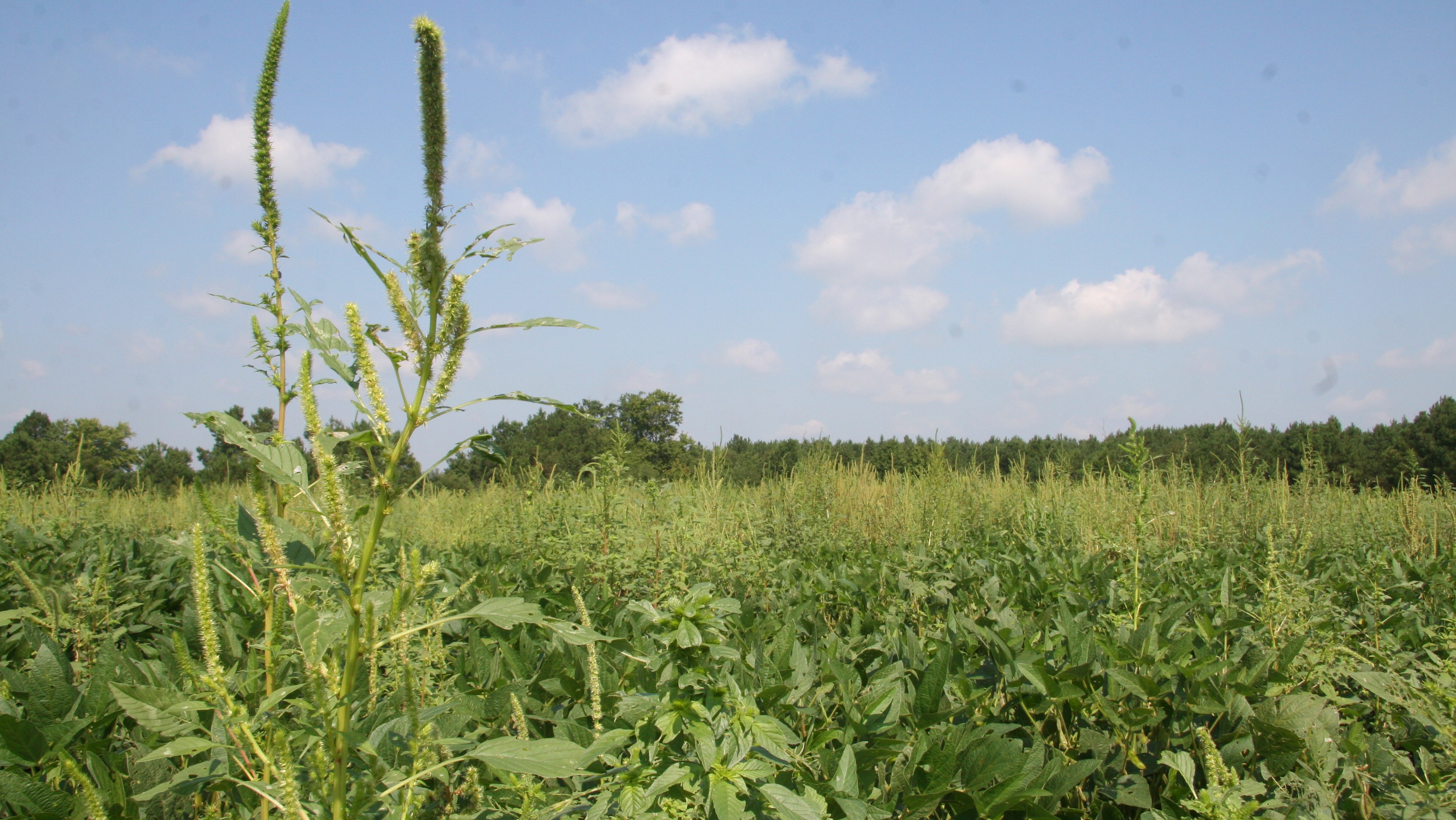Palmer amaranth: It’s a fast-growing, tractor-busting, herbicide-defying weed. When you read about it in the news these days it sounds like the epitome of evil. But when I first heard of it, I did a double take because amaranth is also a food grain used historically throughout the Americas, by the Hopi in the north all the way down to the Inca in the south. Back in 1977, an article in Science called amaranth “the crop of the future.” These days, you can find it on health-store shelves in breads and bars and cereals.
OK, so those are different species of amaranth. But not so different. People can eat both the leaves and the seeds of palmer amaranth, which is commonly known as pigweed. They are highly nutritious! They are gluten free! Surely with a little breeding and refinement we could beef up the size of those seeds, and harness that weedy vigor. It would be a sort of culinary ju-jitsu: Instead of fighting the weeds, overhaul our diets completely and nurture them. If you want superfood, start with a superweed.
I was reminded of this idea recently by this piece from National Geographic, arguing for the importance of forgotten grains like amaranth. There’s a lot of interest in unusual grains right now:
Plants like amaranth are “resilient to drought, high temperatures, and disease, so they might be the crops of the future,” says Danielle Nierenberg, president of Food Tank, a think tank focused on sustainability. “It’s a case of where going forward means we need to go back.”
Of course, overhauling dietary preferences is incredibly difficult. You could adapt that old chestnut about fusion power to this grain: Amaranth is the crop of the future … and always will be.
Still, I love the idea. I, for one, welcome our new weedy overlords. But go ahead, tell me why it will never work.
Update: Brenda Dawson over at Food Blog wrote to let me know that weed scientist Lynn Sosnoskie at UC Davis has done some work investigating precisely this idea.



